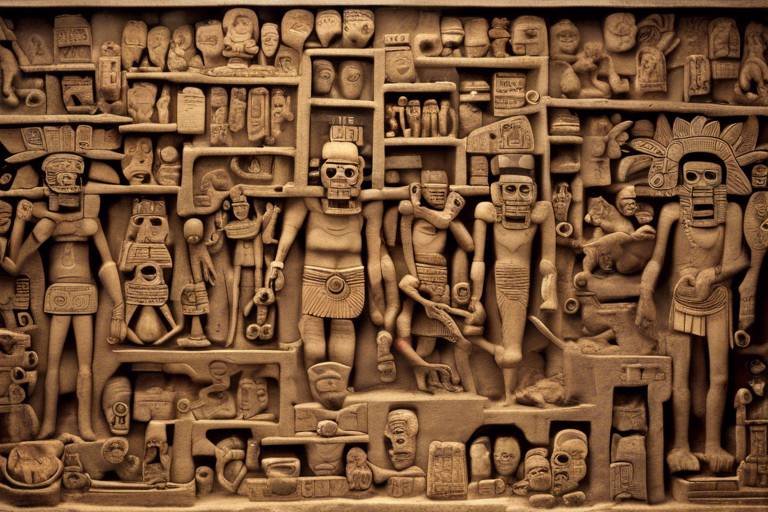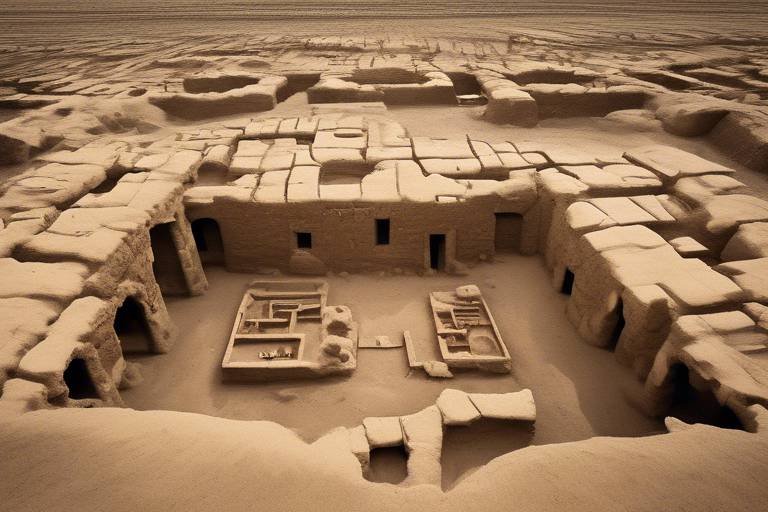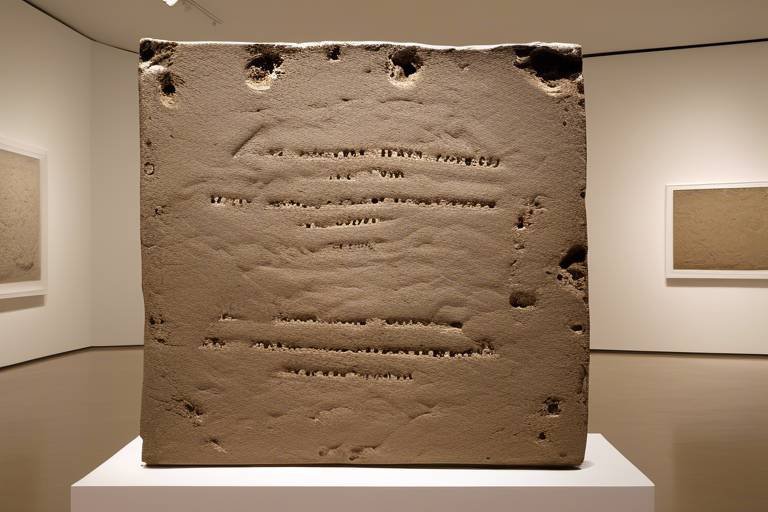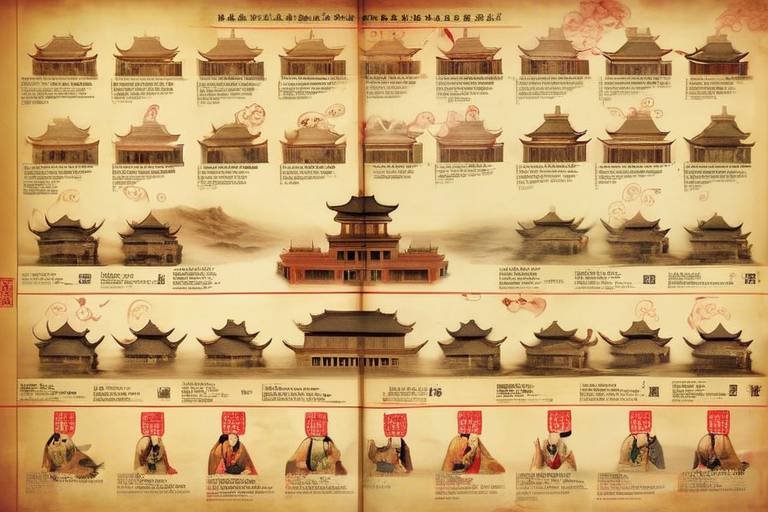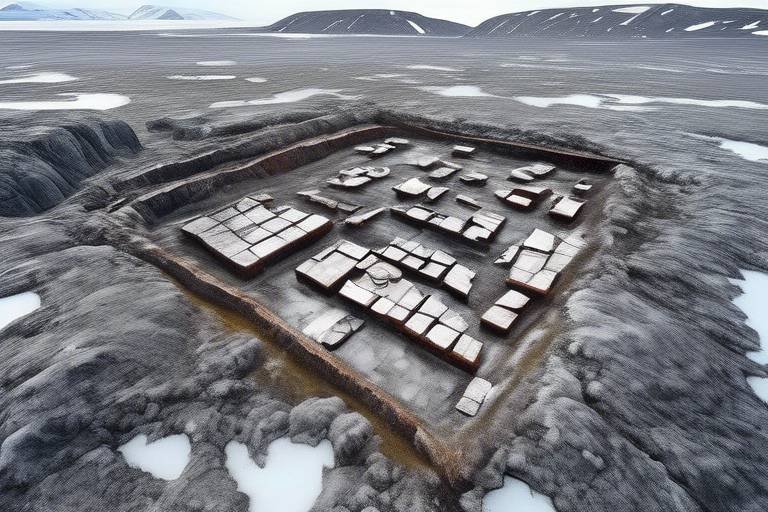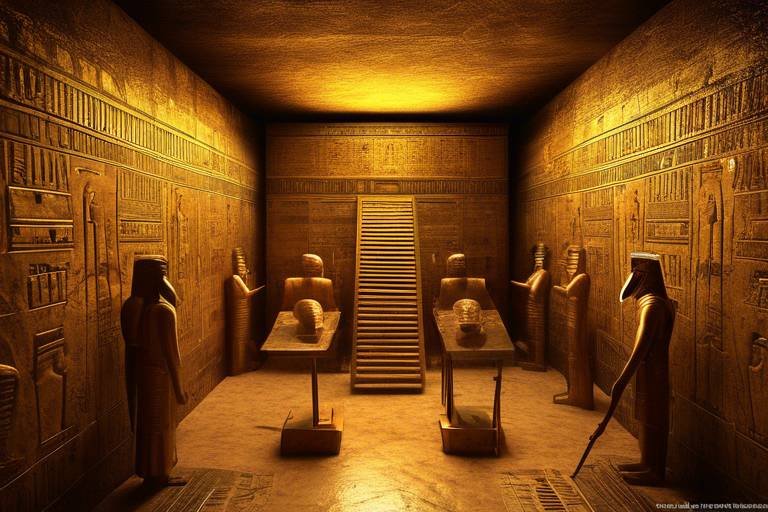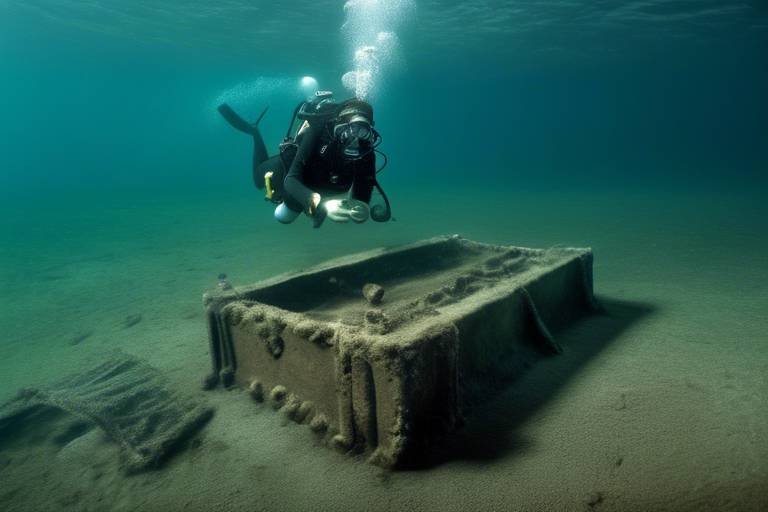How Mobile Apps Are Enhancing Archaeological Education
Mobile apps have revolutionized the field of archaeological education, bringing a wave of innovation and interactivity to the learning experience. By leveraging the power of technology, these apps have transformed the way students and enthusiasts engage with archaeological concepts and discoveries.
One of the most significant advancements in this realm is the integration of virtual reality technology into mobile apps. Through virtual reality, users can immerse themselves in ancient archaeological sites and artifacts, gaining a deeper understanding of historical contexts in a truly interactive way.
Moreover, mobile apps offer a range of interactive learning tools that make the study of archaeology engaging and hands-on. From quizzes that test knowledge to maps that provide spatial context and timelines that illustrate the progression of history, these tools cater to various learning styles and preferences.
Augmented reality field trips represent another exciting development in archaeological education through mobile apps. Users can embark on virtual field trips to archaeological sites, interacting with digital reconstructions of ancient structures and artifacts from the comfort of their own devices.
Furthermore, mobile apps serve as valuable repositories of artifact catalogs and databases, granting users access to a wealth of information about historical objects. This accessibility enables individuals to explore and learn about archaeological artifacts from anywhere in the world.
Community engagement and collaboration are also fostered through mobile apps, creating digital platforms where archaeology enthusiasts can share knowledge, discoveries, and experiences. This collective sharing of information enriches the learning experience and promotes a sense of community within the field.
Language translation and cultural interpretation features embedded in mobile apps play a crucial role in helping users grasp the significance of archaeological findings within their historical and cultural contexts. By bridging language barriers and providing cultural insights, these apps enhance the overall learning experience.
Moreover, mobile apps aid archaeology students and professionals in planning fieldwork expeditions by offering simulation tools for practicing excavation techniques and site analysis. This hands-on approach prepares individuals for real-world fieldwork scenarios, enhancing their skills and understanding.
Lastly, mobile apps contribute to heritage preservation and conservation efforts by raising awareness about the importance of protecting archaeological sites and cultural heritage. By educating users about the significance of preservation, these apps instill a sense of responsibility towards safeguarding our shared history for future generations.

Virtual Reality in Archaeology
Virtual Reality (VR) technology has revolutionized the field of archaeology by offering immersive experiences that transport users to ancient sites and allow them to interact with historical artifacts like never before. Through mobile apps, users can explore virtual reconstructions of archaeological sites, walk through ancient structures, and examine artifacts up close in a digital environment. This innovative use of VR enhances the learning experience by providing a deeper understanding of historical contexts and allowing users to engage with archaeology in a more interactive and engaging way.

Interactive Learning Tools
Interactive learning tools play a crucial role in enhancing the educational experience in archaeology through mobile applications. These tools go beyond traditional methods of teaching by offering users hands-on exploration of archaeological concepts and discoveries. By incorporating features such as quizzes, maps, and timelines, mobile apps engage students and enthusiasts in a dynamic learning process that encourages active participation and deeper understanding.
One significant advantage of interactive learning tools in mobile apps is the ability to cater to different learning styles. Visual learners can benefit from detailed maps and 3D reconstructions of archaeological sites, while auditory learners can engage with audio guides and narrations. This multi-sensory approach not only makes learning more accessible but also ensures that users retain information more effectively.
Moreover, interactive tools in mobile apps foster a sense of discovery and curiosity among users. By allowing them to interact with virtual artifacts and explore historical contexts in a hands-on manner, these tools create an immersive learning environment that sparks interest and excitement. Users can delve into the past, uncovering hidden stories and unraveling mysteries through interactive experiences.
Through gamification elements such as achievements and rewards, interactive learning tools in mobile apps motivate users to actively participate in their educational journey. By turning learning into a fun and engaging experience, these tools encourage continuous exploration and knowledge acquisition. Users can track their progress, challenge themselves with quizzes, and compete with friends, making the learning process interactive and enjoyable.
Overall, interactive learning tools in mobile apps revolutionize archaeological education by transforming passive learning into an engaging and interactive experience. By combining technology with educational content, these tools empower users to explore the fascinating world of archaeology in a dynamic and immersive way, fostering a deeper appreciation for our shared cultural heritage.
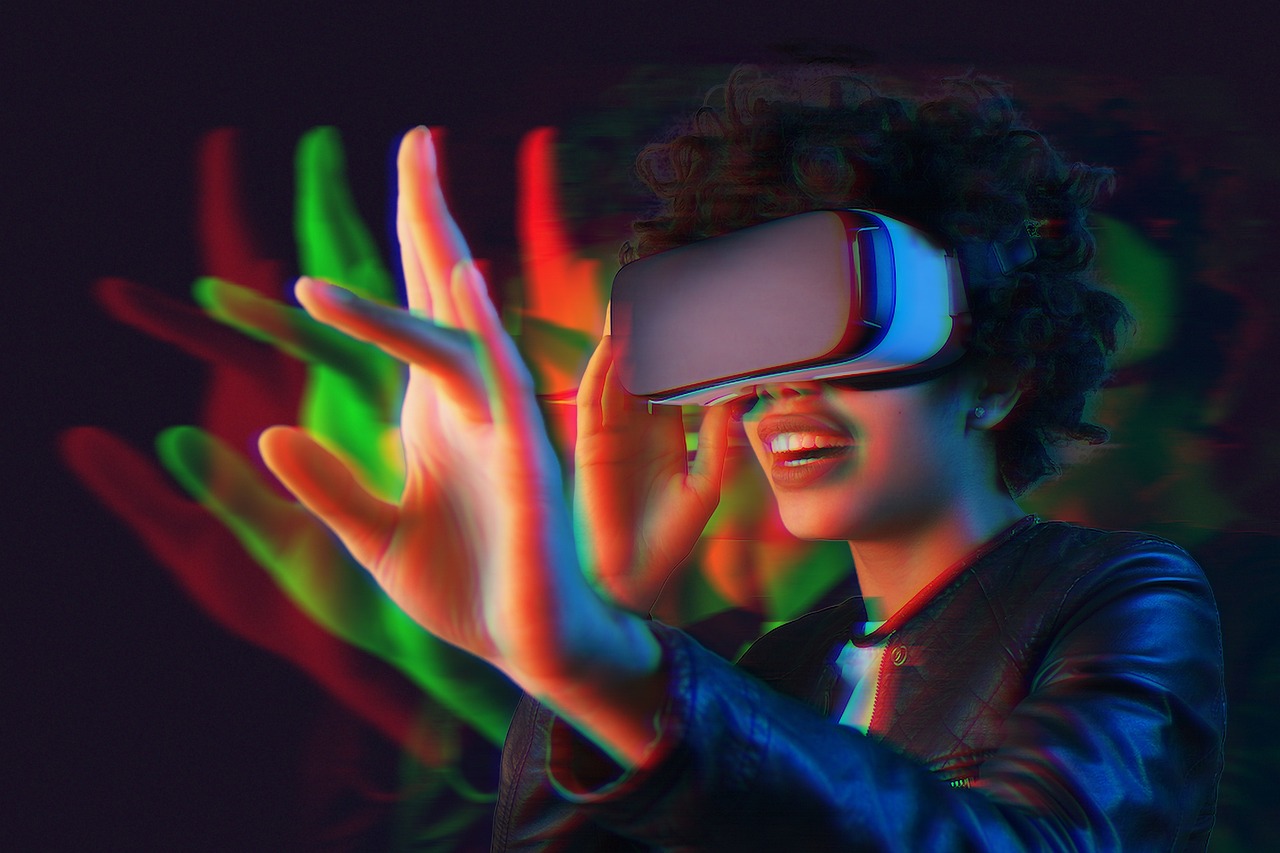
Augmented Reality Field Trips
Augmented Reality (AR) technology has revolutionized the way we experience archaeological sites through mobile apps. By blending digital elements with the real world, AR field trips offer users a unique opportunity to explore ancient ruins and artifacts in a whole new dimension. Imagine standing in your living room and suddenly being transported to the majestic pyramids of Egypt or the ancient streets of Pompeii, all through the lens of your smartphone or tablet.
These AR field trips not only provide a visually stunning experience but also allow users to interact with virtual reconstructions of historical sites. You can walk around ancient temples, zoom in on intricate details of artifacts, and even participate in simulated archaeological digs. It's like having a time machine in the palm of your hand, bringing history to life in a way that textbooks never could.
Furthermore, AR field trips offer a safe and convenient way to explore archaeological sites from anywhere in the world. Whether you're a student studying archaeology or a history buff with a passion for ancient civilizations, these virtual tours provide a hands-on learning experience without the need to travel long distances or disturb delicate heritage sites.
Imagine being able to explore the depths of a sunken shipwreck or walk through the streets of a long-lost city without leaving your home. AR field trips open up a world of possibilities for archaeological education, making it accessible to a wider audience and sparking curiosity and fascination for the past.

Artifact Catalogs and Databases
This article explores the impact of mobile applications on archaeological education, highlighting their role in making learning more interactive, accessible, and engaging for students and enthusiasts alike.
Mobile apps have revolutionized the way users access information about archaeological artifacts through comprehensive catalogs and databases. These apps provide a treasure trove of knowledge at users' fingertips, allowing them to explore and learn about historical objects from anywhere in the world. By offering detailed descriptions, images, and historical significance of each artifact, these catalogs bring ancient history to life in a way that traditional textbooks cannot match.
Imagine being able to virtually browse through a collection of ancient pottery, zooming in on intricate details, and reading about the civilization that created it, all from the comfort of your own home. These artifact catalogs not only serve as educational tools but also as sources of inspiration and awe, sparking curiosity and appreciation for the rich tapestry of human history.
Furthermore, the interactive nature of these databases allows users to engage with the artifacts in a more immersive way. Users can search, filter, and categorize artifacts based on various criteria, enabling them to tailor their exploration based on personal interests or research needs. Whether you are a student conducting a research project or a history buff curious about a specific era, these artifact catalogs cater to a wide range of users, making archaeological knowledge more accessible and engaging than ever before.
Moreover, these databases often feature user-friendly interfaces that enhance the browsing experience, making it easy to navigate through vast collections of artifacts with just a few taps or swipes. With the ability to bookmark favorite items, create personalized collections, and share discoveries with friends, these apps foster a sense of connection and community among users passionate about archaeology.
In conclusion, mobile apps offering artifact catalogs and databases play a crucial role in democratizing access to archaeological knowledge, empowering users to explore, learn, and appreciate the wonders of the past in a dynamic and engaging way.

Community Engagement and Collaboration
Community engagement and collaboration play a vital role in the field of archaeology, and mobile apps are revolutionizing how enthusiasts interact and share knowledge. These apps serve as digital platforms where individuals with a passion for archaeology can come together, exchange ideas, and collaborate on various projects. By connecting people from different parts of the world, mobile apps break down geographical barriers and create a global community of archaeology enthusiasts.
One significant aspect of community engagement through mobile apps is the sharing of discoveries and experiences. Users can upload photos, videos, and detailed descriptions of archaeological findings, allowing others to learn and appreciate these discoveries. This sharing not only educates individuals but also fosters a sense of camaraderie among like-minded individuals who share a common interest in uncovering the past.
Moreover, mobile apps enable real-time communication and discussion among community members. Through chat features, forums, and live streaming capabilities, users can engage in meaningful conversations, seek advice, and collaborate on research projects. This instant connectivity enhances the learning experience and encourages active participation in archaeological discussions and debates.
Collaborative projects are another exciting aspect of community engagement facilitated by mobile apps. Enthusiasts can join forces to work on research initiatives, conservation efforts, or virtual reconstructions of historical sites. By pooling their expertise and resources, individuals can contribute to the preservation and promotion of cultural heritage, making a tangible impact on the field of archaeology.
Overall, mobile apps are not only transforming how people learn about archaeology but also how they engage with the archaeological community. By providing a platform for collaboration, knowledge sharing, and interactive communication, these apps are shaping a new era of community-driven archaeology that is inclusive, dynamic, and globally connected.
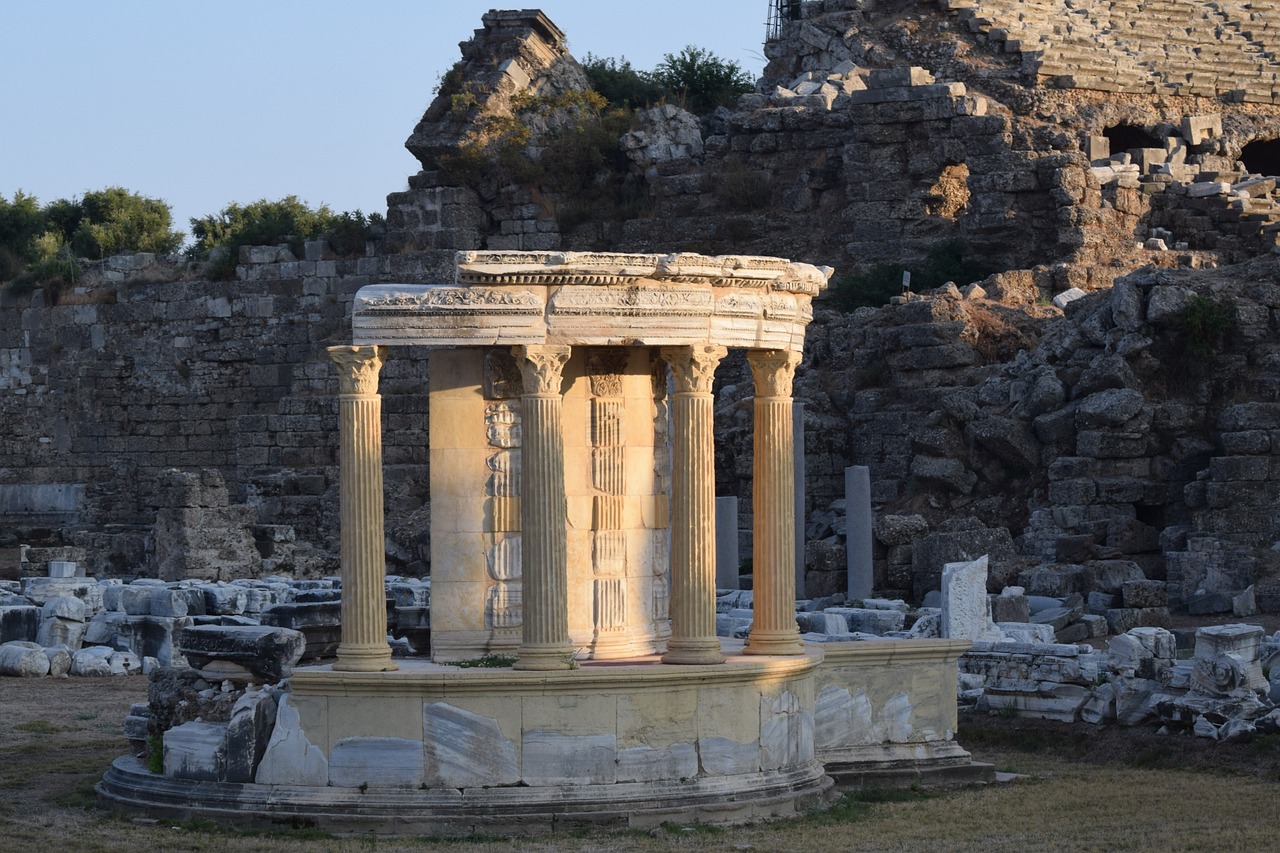
Language and Cultural Interpretation
Language and cultural interpretation play a crucial role in enhancing the understanding and appreciation of archaeological findings. Mobile apps are now integrating language translation features to break down language barriers and make archaeological content accessible to a global audience. By offering translations in multiple languages, these apps enable users to delve into the historical significance of artifacts and sites, regardless of their native language.
Furthermore, cultural interpretation features within mobile apps provide users with valuable insights into the social, religious, and artistic contexts of archaeological discoveries. Through detailed explanations and visual representations, users can gain a deeper understanding of how ancient civilizations lived, worshipped, and interacted with their environment. This immersive experience fosters a sense of connection with the past, allowing users to appreciate the rich cultural heritage preserved in archaeological sites.
Moreover, mobile apps are incorporating interactive elements that allow users to engage with cultural practices and traditions associated with archaeological findings. By simulating ancient rituals or showcasing traditional craftsmanship, these apps bring history to life in a way that textbooks or traditional lectures cannot. Users can explore the intricate details of cultural artifacts and understand their significance within the broader context of human history.

Fieldwork Planning and Simulation
Fieldwork planning and simulation are crucial aspects of archaeological education that have been greatly enhanced through the use of mobile apps. These applications provide students and professionals with valuable tools to plan and simulate fieldwork expeditions, offering a virtual environment to practice excavation techniques and site analysis before heading out to actual archaeological sites.
Through interactive features and 3D simulations, mobile apps allow users to experience the challenges and complexities of archaeological fieldwork in a controlled and educational setting. Students can familiarize themselves with excavation tools, survey methods, and documentation processes, preparing them for real-world fieldwork scenarios.
Furthermore, these apps enable users to explore different excavation sites virtually, gaining insights into the unique characteristics of each location and the historical significance of the artifacts found there. By engaging in simulated excavations, students can develop critical thinking skills, problem-solving abilities, and a deeper understanding of archaeological processes.
Fieldwork planning and simulation also play a vital role in fostering collaboration among archaeology students and professionals. Mobile apps provide a platform for sharing fieldwork plans, research findings, and simulation experiences, facilitating knowledge exchange and collaboration within the archaeological community.
Moreover, these apps contribute to the democratization of archaeological education by making fieldwork planning and simulation tools accessible to a wider audience. Whether students are studying archaeology in a classroom setting or enthusiasts are exploring the field as a hobby, mobile apps offer an immersive and educational experience that transcends physical boundaries.
In conclusion, mobile apps have revolutionized the way fieldwork planning and simulation are approached in archaeological education. By providing interactive and realistic virtual environments, these applications empower users to engage with archaeological concepts and practices in a dynamic and hands-on manner, ultimately enhancing their learning and appreciation of the field.
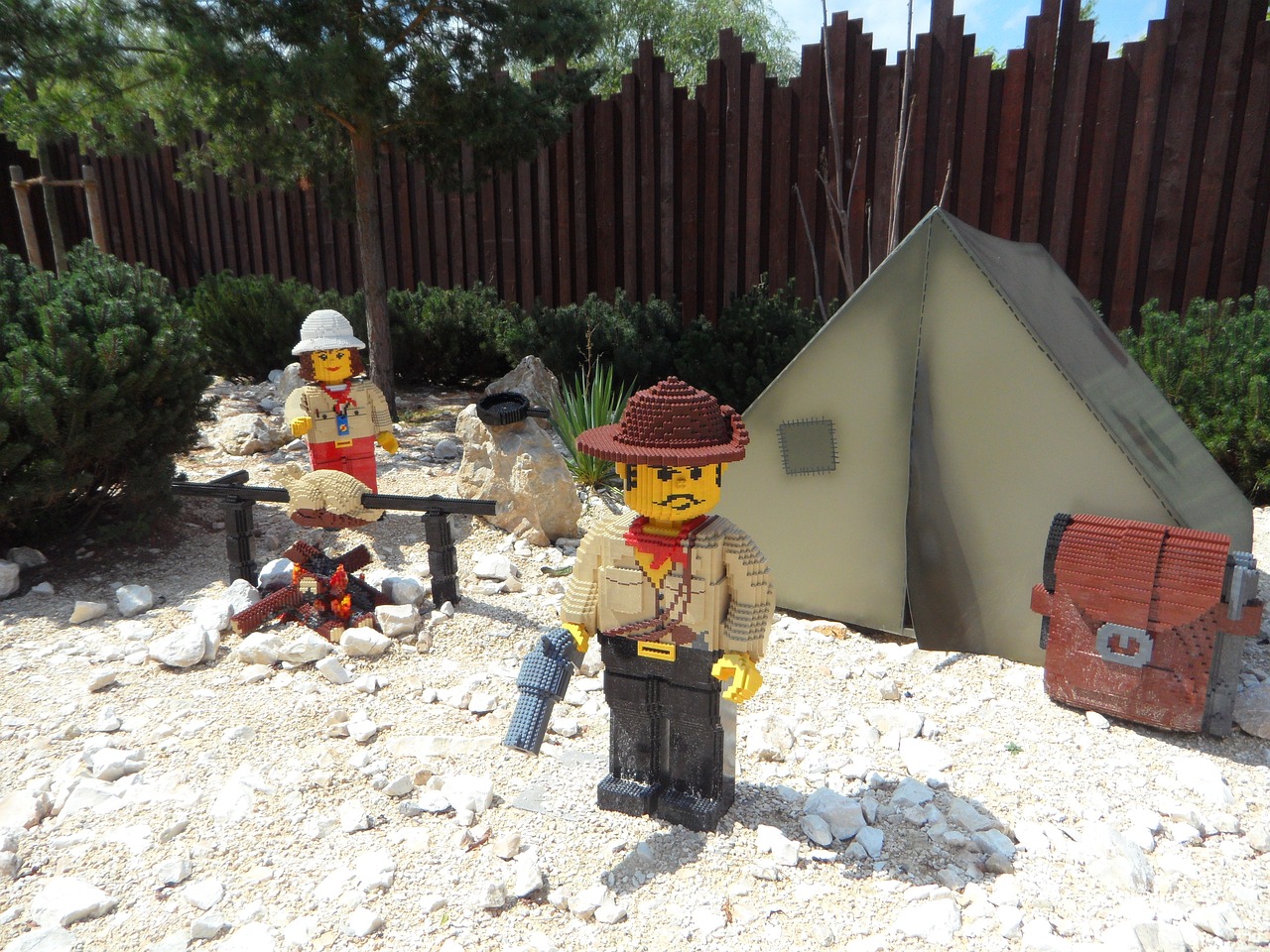
Heritage Preservation and Conservation
Heritage preservation and conservation play a crucial role in safeguarding our cultural legacy for future generations. Mobile apps are becoming powerful tools in promoting awareness and advocacy for the protection of archaeological sites and historical artifacts. By incorporating features that educate users about the significance of preserving heritage, these apps are contributing to the global efforts of conservation.
One of the key ways mobile apps support heritage preservation is by providing virtual tours of endangered archaeological sites. Through detailed 3D reconstructions and interactive maps, users can explore these sites virtually, fostering a sense of connection and appreciation for the historical value they hold. By immersing users in the digital representation of these sites, apps create a compelling narrative that emphasizes the importance of conservation.
Moreover, mobile apps are instrumental in raising awareness about the threats faced by archaeological sites due to factors like climate change, urban development, and looting. By featuring educational content, videos, and articles on conservation practices, these apps educate users on the challenges and solutions in preserving our cultural heritage. Users are encouraged to take action, whether through donations to conservation organizations or participating in volunteer programs aimed at protecting archaeological sites.
Furthermore, mobile apps facilitate community engagement in heritage preservation efforts. Users can join virtual forums, participate in discussions, and share their own experiences and insights on conservation initiatives. By creating a sense of belonging and shared responsibility among users, these apps foster a community-driven approach to heritage conservation, empowering individuals to become stewards of their cultural heritage.
In conclusion, mobile apps are not only revolutionizing archaeological education but also playing a significant role in promoting heritage preservation and conservation. By leveraging technology to educate, engage, and mobilize users, these apps are contributing to a collective effort to protect our rich cultural heritage for generations to come.
Frequently Asked Questions
- Can mobile apps really enhance archaeological education?
Yes, mobile apps have revolutionized archaeological education by providing interactive and engaging learning experiences. They offer virtual reality tours, interactive tools, and access to artifact databases, making learning more accessible and immersive.
- How do mobile apps incorporate virtual reality in archaeology?
Mobile apps use virtual reality technology to transport users to archaeological sites and allow them to explore artifacts in a realistic and immersive way. This enhances understanding of historical contexts and brings history to life for students and enthusiasts.
- What kinds of interactive learning tools are available in mobile apps for archaeology?
Mobile apps offer a variety of interactive tools such as quizzes, maps, timelines, and simulations that engage users in hands-on exploration of archaeological concepts. These tools make learning fun and interactive, enhancing the educational experience.
- How do mobile apps contribute to heritage preservation and conservation?
Mobile apps play a crucial role in promoting heritage preservation and conservation by raising awareness about the importance of protecting archaeological sites and cultural heritage. They educate users about the significance of preserving these sites for future generations.
- Are mobile apps useful for planning archaeological fieldwork?
Yes, mobile apps assist archaeology students and professionals in planning fieldwork expeditions by offering simulation tools to practice excavation techniques and site analysis. These apps help in preparing for real-world fieldwork scenarios.


